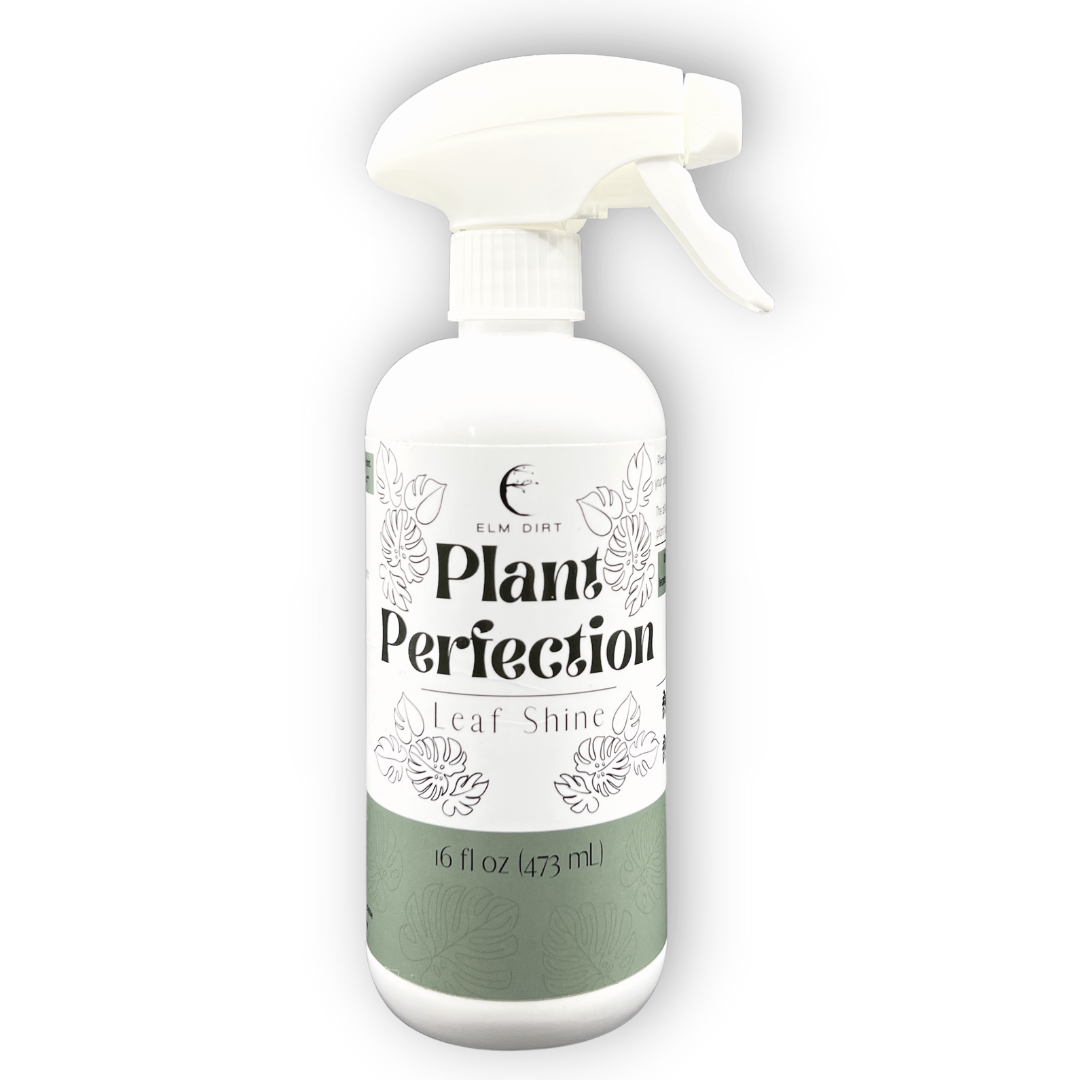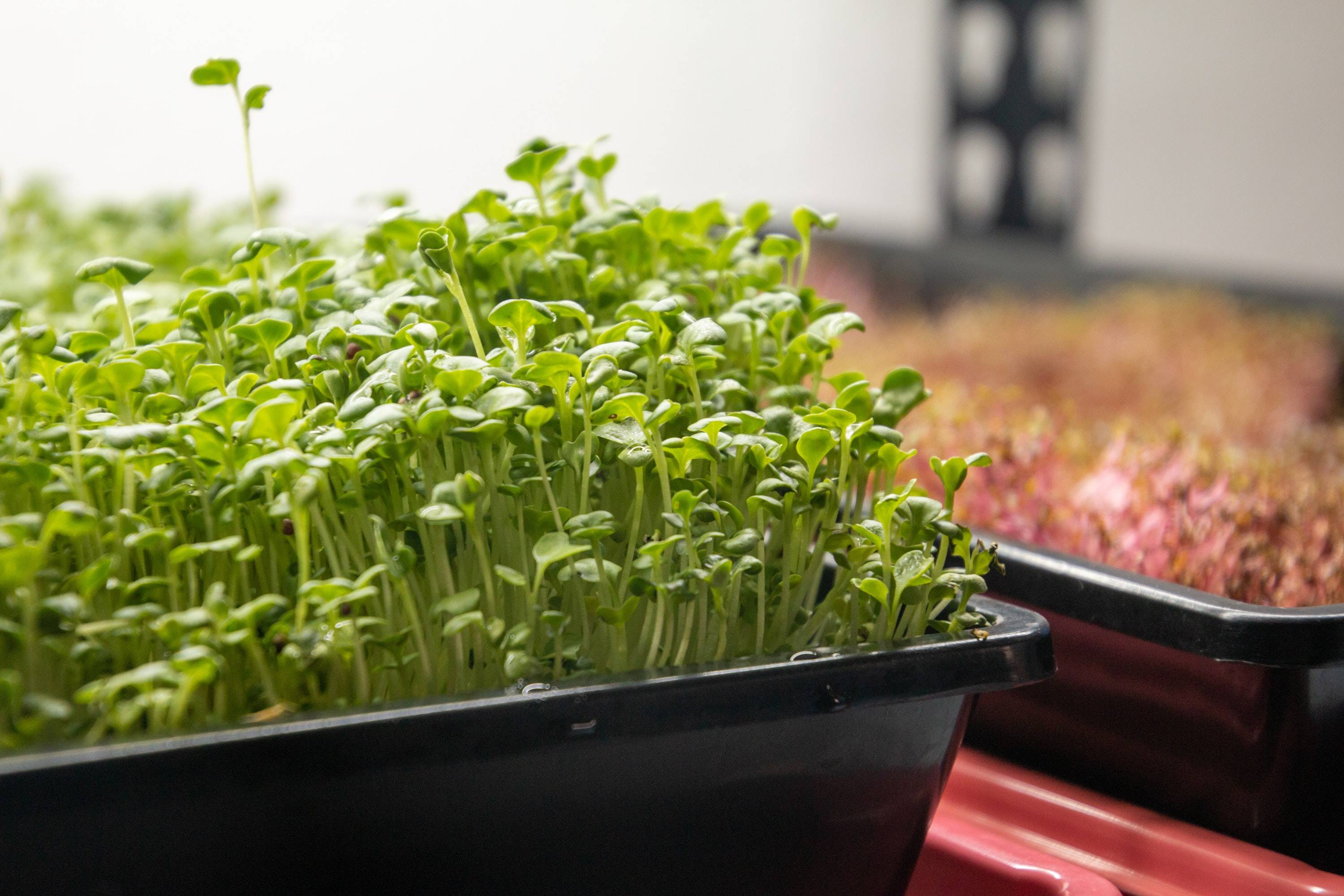
Microgreens
Looking for something fun to grow indoors this winter as the outdoor season comes to an end? Microgreens may just be exactly what you’re looking for. This fun, easy crop is perfect for anybody and on any scale. Looking to grow something indoors? Microgreens have you covered. Looking to add more nutrients to your diet? Microgreens have you covered. Looking for a side hustle that could make you some extra cash? Microgreens could be the thing you’re looking for.
Subscribe
What are Microgreens?
These tiny plants have up to 40% more nutrients than their full-grown counterpart and can be ready to harvest just a couple of weeks old- depending on the variety chosen.
Microgreens are sometimes confused with sprouts — germinated seeds that are eaten root, seed, and shoot. Microgreens, though include a variety of edible immature greens, harvested with scissors fairly more quickly than a full-grown plant. The stem, cotyledons (or seed leaves), and the first set of true leaves are all edible.
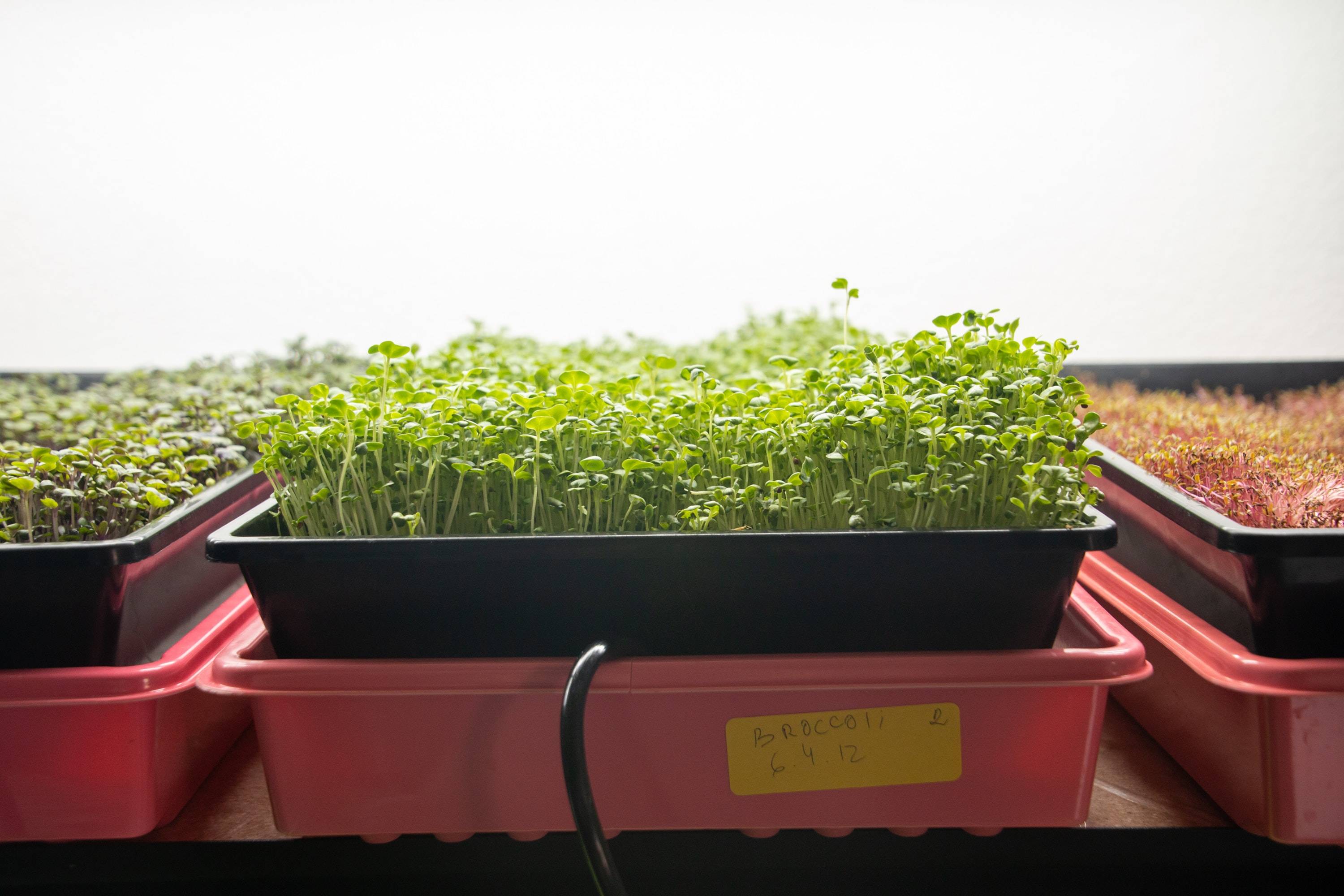
Which seeds work best?
Salad greens, leafy vegetables, herbs, and even edible flowers can be grown as microgreens, though some varieties are better suited than others. For beginners, I would suggest starting by growing one type of seed, such as broccoli, cauliflower, cabbage, mustard, chia, sunflower, or even buckwheat in a single container.
You can also find seeds for salad mixes and specially selected microgreen mixes that combine greens with similar growth rates, compatible flavors, and beautiful coloring including reds, purples, and greens. Since they were created with grower success in mind, they're also a good choice for beginners.
We have some friends at Sow Right Seeds who have let us try their microgreens and we are a huge fan of theirs! You can find there website here.
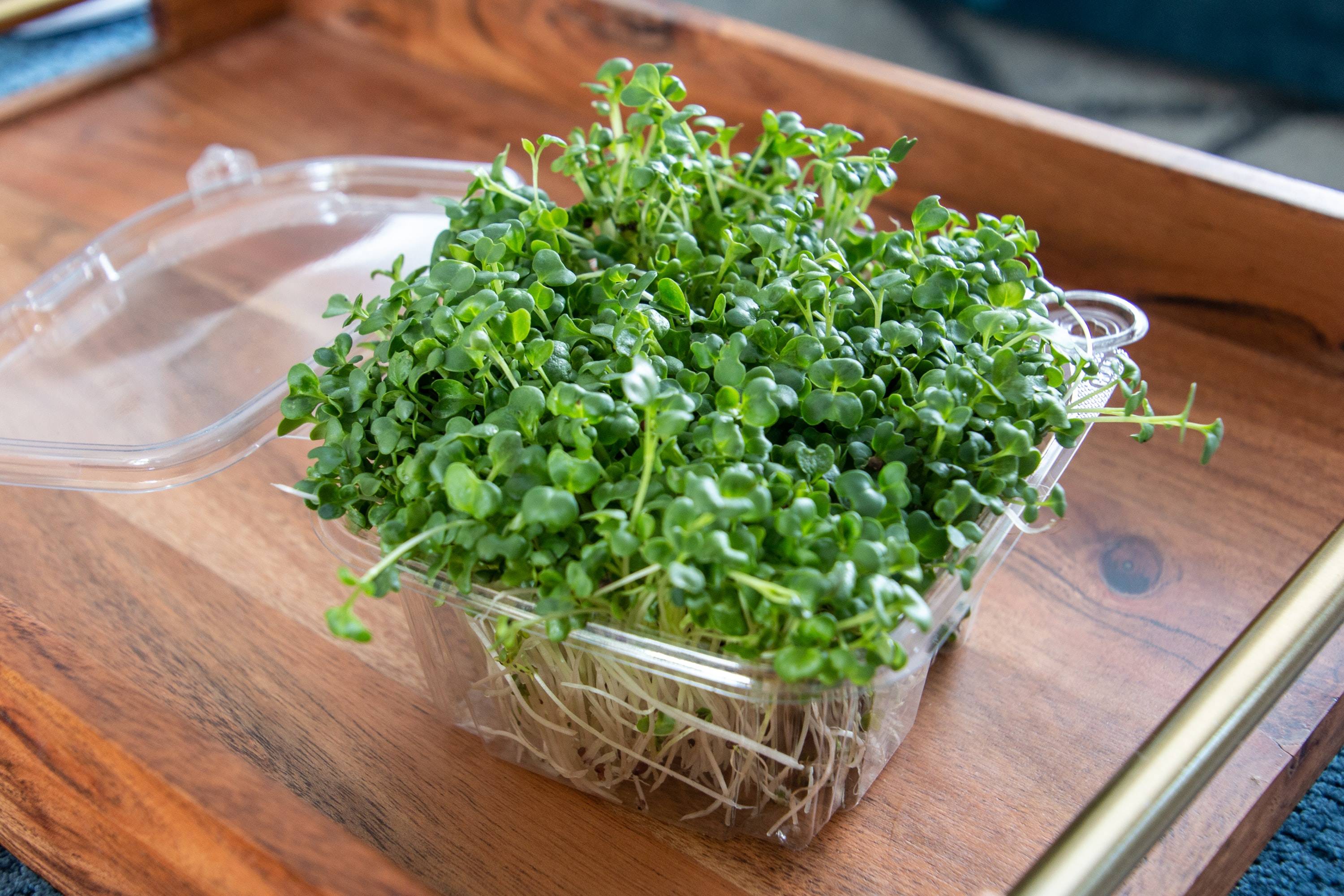
How do I start?
Start with a warm, sunny windowsill (direct sunlight from a south-facing window is ideal), though, if you don’t have a sunny windowsill or want to grow on a larger scale, this is also one of the perfect plants that grow under grow lights- I usually have microgreens going and use a grow light and set them in my kitchen and they are always happy with that set up.
Plastic take-out dishes and disposable pie plates work well as containers to grow them in, as do plastic salad boxes or even terracotta drainage plates for under your plant pot work well. If your chosen container doesn't have built-in drainage, poke a few drainage holes in the bottom. Then, prepare to plant;

How do I grow microgreens?
Read the seed packet to see if there are any special instructions.
Cover the bottom of the container with an inch or two of moistened potting soil or mix. Flatten and level it with your hand, taking care not to over-compress the soil.
Scatter seeds evenly on top of the soil. Press gently into the soil using your hand.
Cover the seeds with a thin layer of soil. Dampen the surface with a mister.
While waiting for sprouts to appear, usually within three to seven days, use the mister once or twice daily to keep the soil moist but not wet- You can even opt for a humidity dome in some cases to help keep the soil moistened.
Once seeds have sprouted, remove the cover (if you've used one) and continue to mist once or twice a day.
Microgreens need about four hours daily of direct sunlight to thrive. Look for leggy, pale greens as these are one of the tales that tell signs of not enough sunlight. As mentioned above, light can also be supplemented with a grow light.
The microgreens will be ready to harvest when they’re about 2 inches tall. To harvest, you’ll want to use a clean pair of scissors to cut the plants. You’ll cut them just above the soil line.
When harvesting, just like any other greens, you’ll still want to rinse them off.
You can mix these leafy greens into salads, use them as a garnish or put them on your lunch sandwich to give you some of your daily greens.
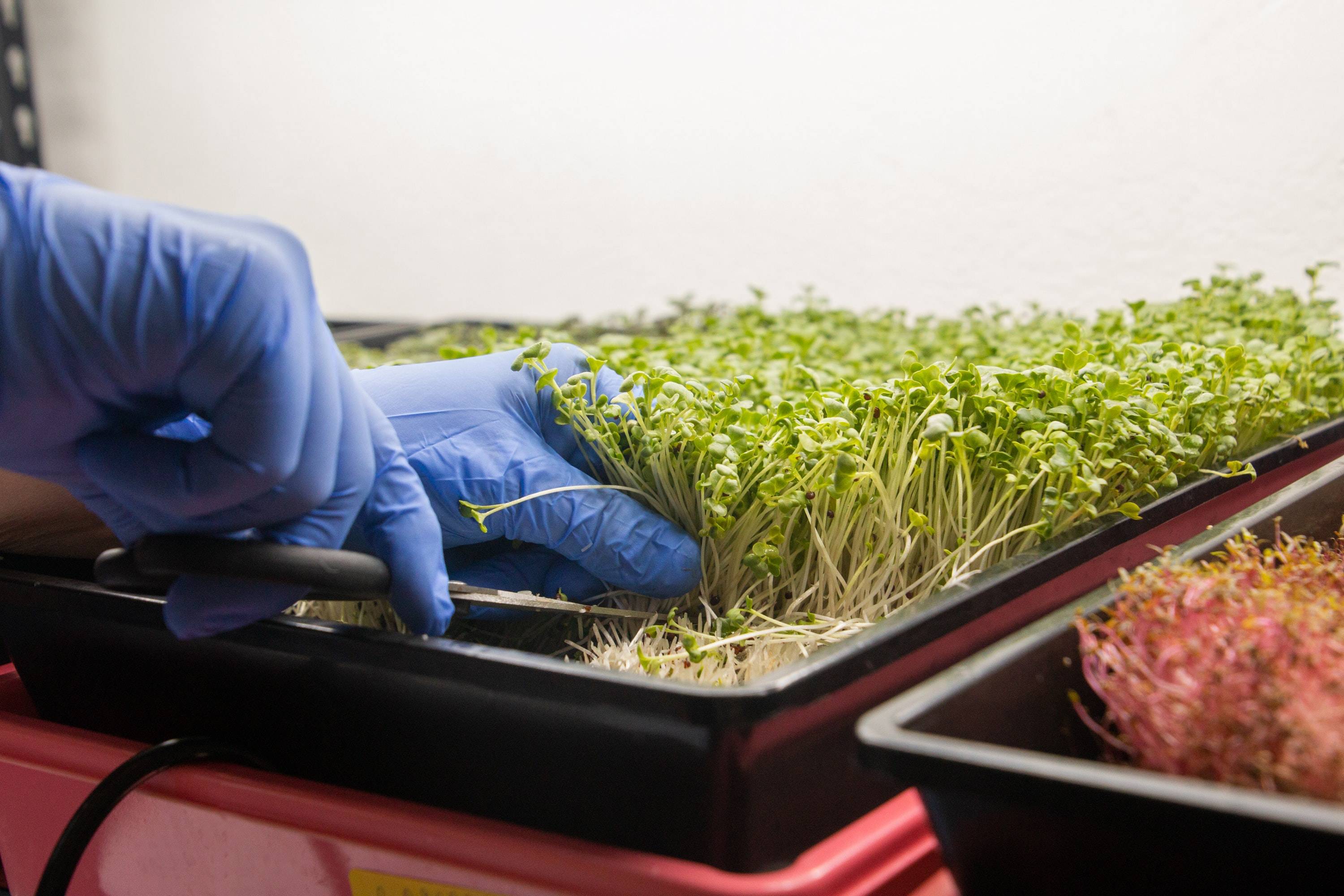
Our Products

